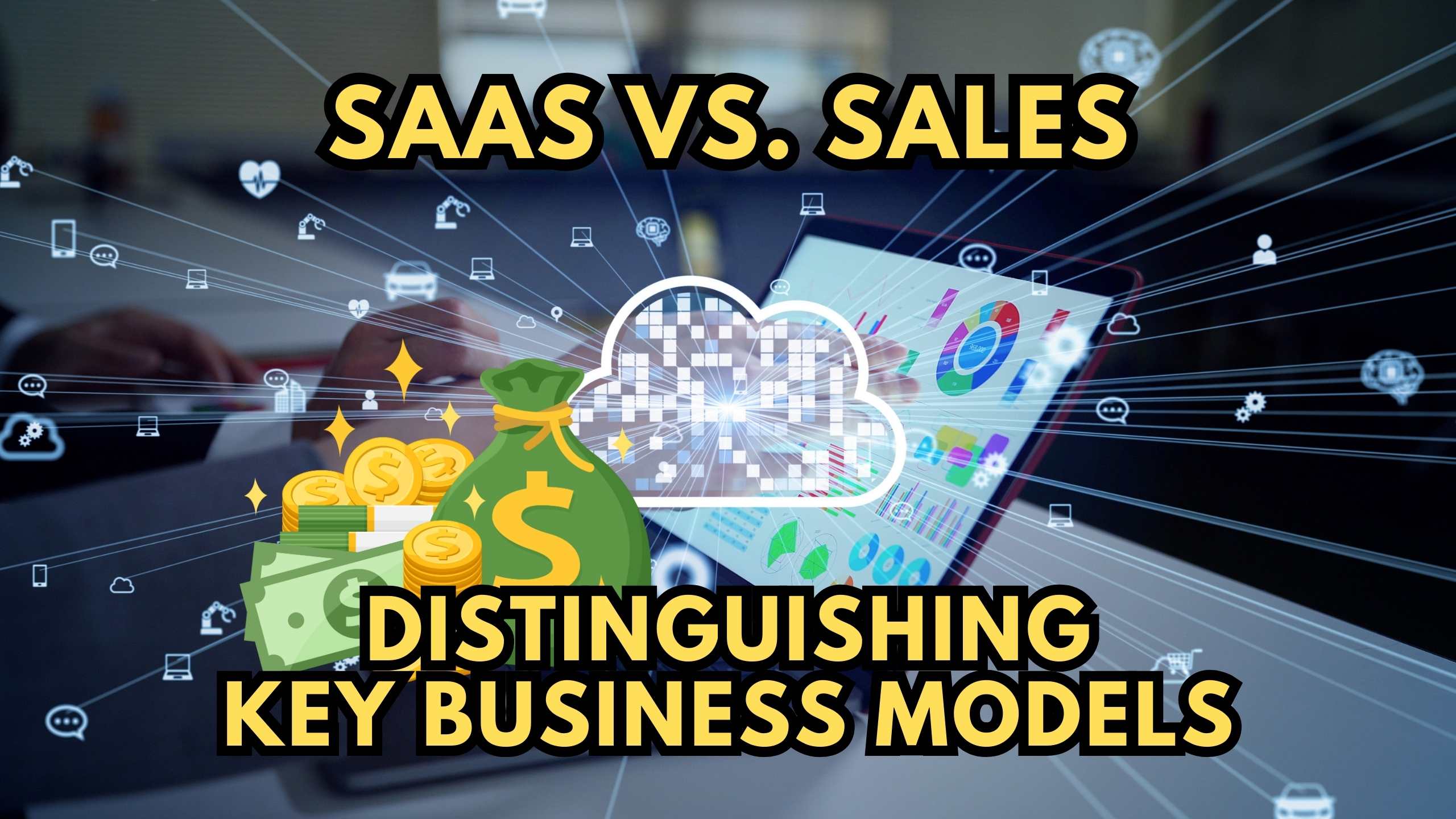SaaS vs. Sales: Distinguishing Key Business Models
- Expense Management Software Credit Cards Investing Business Solutions


SaaS vs. Sales: Distinguishing Key Business Models
In the dynamic realm of business, distinguishing between Software as a Service (SaaS) and traditional sales models is crucial for strategic decision-making. This blog post delves into the fundamental differences between SaaS and sales, providing insights to help businesses navigate these distinct business models effectively.
1. Understanding SaaS Business Model
The SaaS business model revolves around providing software solutions on a subscription basis. Unlike traditional sales where customers make a one-time purchase, SaaS emphasizes ongoing subscriptions, ensuring continuous access to updates and support. A prime example is Salesforce, a SaaS platform that offers a suite of customer relationship management (CRM) tools, enhancing efficiency and collaboration.
2. Traditional Sales Model: One-Time Transactions
Conversely, the traditional sales model operates on one-time transactions, where customers purchase a product or service outright. This model lacks the recurring revenue characteristic of SaaS, making it essential for businesses to focus on acquiring new customers continually. A notable example is Apple, which follows a traditional sales approach for its hardware and software products.
3. Integrating SaaS for Scalability
One key advantage of the SaaS model is scalability. Businesses can easily scale their operations by adding or reducing subscriptions based on their needs. Imagine a growing startup leveraging project management tools like Asana to manage tasks efficiently. As the team expands, they can seamlessly scale their subscription, ensuring everyone stays connected and productive.
4. Fostering Customer Relationships with SaaS
SaaS excels in fostering long-term customer relationships. Through regular updates and customer support, businesses using SaaS can continuously add value to their offerings. Consider Adobe Creative Cloud, a SaaS solution that provides creative tools on a subscription basis. Regular updates and new features keep customers engaged, fostering a sense of loyalty and satisfaction.
5. Traditional Sales: Focused on Product Ownership
In traditional sales, the emphasis is on product ownership. Customers buy a product, and the transaction ends. This model is well-suited for tangible goods like Nike, where customers purchase athletic shoes or apparel. The focus is on the physical product, and the relationship with the customer may end after the sale.
6. Navigating Budget Predictability with SaaS
SaaS offers businesses predictable budgeting with subscription-based pricing. This predictability aids financial planning and allows businesses to allocate resources strategically. For instance, Microsoft 365 provides a suite of productivity tools through a SaaS model, allowing businesses to budget effectively while accessing essential software.
Recommended SaaS Products
- Salesforce: Elevate your customer relationship management with Salesforce’s comprehensive suite of tools designed for building and nurturing long-term connections.
- Asana: Seamlessly scale your operations with Asana’s project management tools, ensuring efficient task management for growing teams.
- Adobe Creative Cloud: Foster creativity and engagement with Adobe Creative Cloud, offering a subscription-based suite of creative tools for continuous inspiration.
- Microsoft 365: Navigate budget predictability with Microsoft 365, providing essential productivity tools through a SaaS model for effective financial planning.
Conclusion
In conclusion, distinguishing between the SaaS and traditional sales models is vital for businesses aiming to align their strategies with their goals. The SaaS model, with its focus on subscriptions, scalability, and continuous value delivery, contrasts with the traditional sales model’s one-time transactions and product ownership focus.
Elevate Your Business Model with Subscribed.fyi!
Ready to elevate your business model? Subscribed.fyi offers an all-in-one solution for managing your SaaS stack, providing insights into relevant tools, and helping you unlock exclusive deals. Sign up for free and explore the potential of integrating SaaS into your business model for enhanced scalability and efficiency.
Relevant Links:





